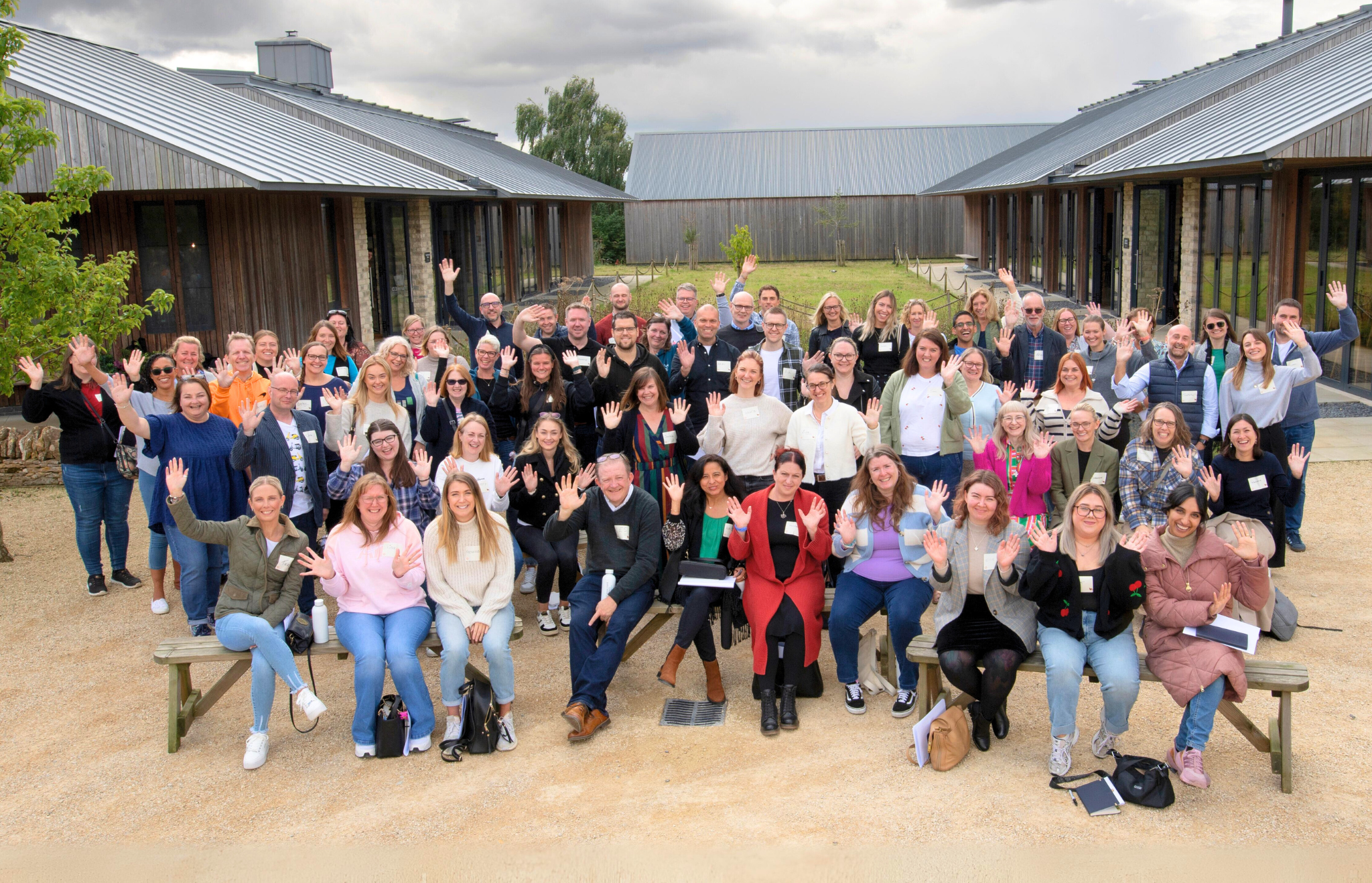
Paraplanners from all over the country gathered for the Paraplanners’ Assembly’s Big Day Out 2024 on 12 September 2024.
From its first meeting in 2013, the Paraplanners’ Assembly’s annual gathering has created space for sparking collaboration and conversation among paraplanners that is unlike any other event in the world of wealth management.
Why?
The Big Day Out is an informal gathering that offers six hours’ worth of CPD thanks to its combination of tailor-made interactive sessions led by hand-picked experts (and designed especially for the event), and group discussions facilitated by paraplanner hosts.
It makes for a supportive and encouraging space in which you can listen and learn, and share ideas, knowledge and insights. And it’s a unique environment in which you can really focus and flourish – both professionally and personally.
You’ll feel you belong at The Big Day Out because The Big Day Out belongs to you. Here’s what happened at The Big Day Out 2024.
Welcome!
Assembled paraplanners joined us in the conference barn for a welcome from Big Day Out hosts, Sam Tonks and Chris Wormwell.
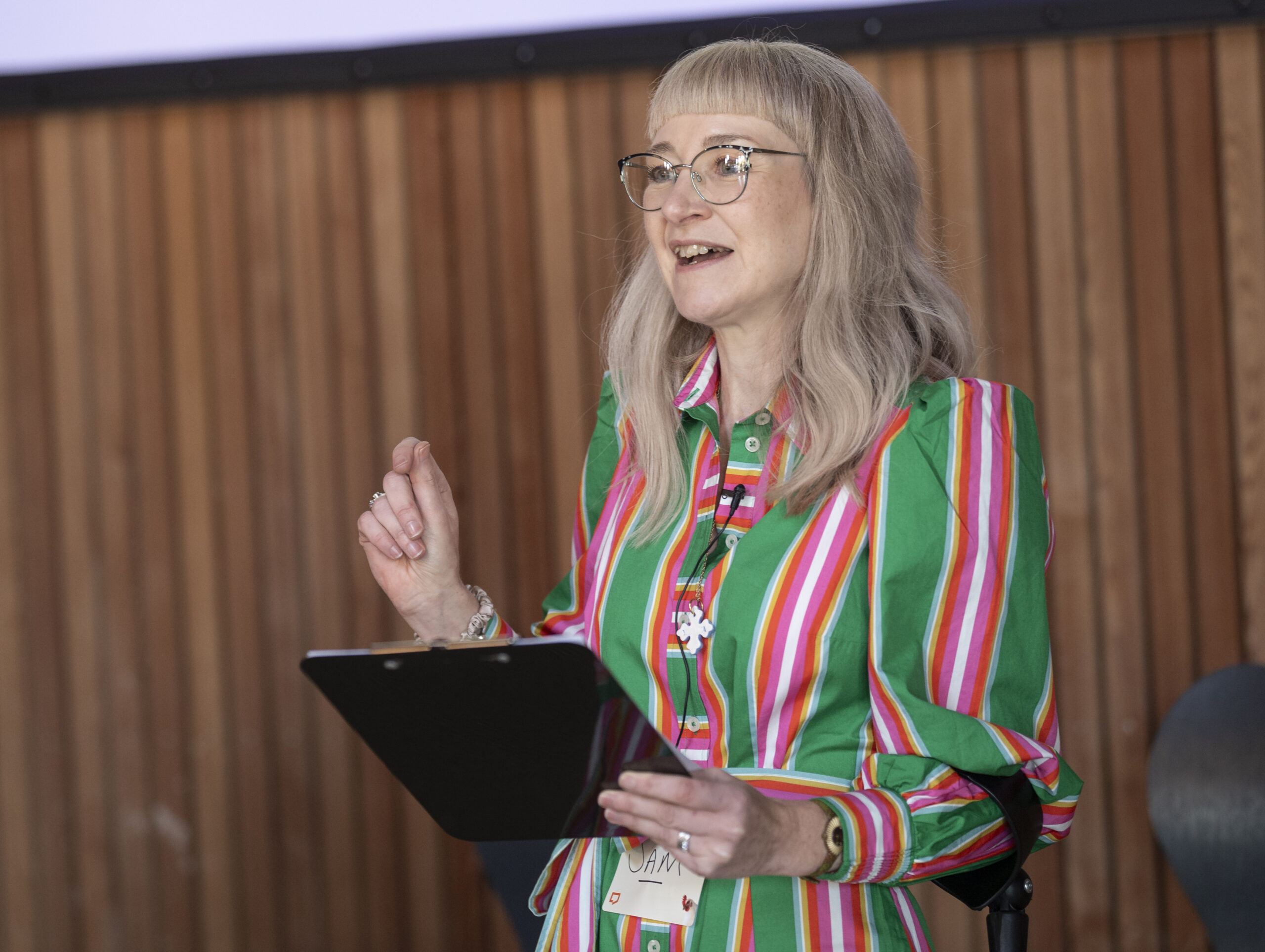

Then we got straight into…
Hone it. Own it: One hour to perfect your development plan
New for this year, and designed especially for the Paraplanners’ Assembly, we open and closed the day with two really interactive sessions led by Arch Inspire’s Rachael Hurdman.
What were they all about? How to create an actionable and practical plan to achieve your personal and professional development goals.
But this wasn’t some dry run-of-the-mill classroom-type session because IT WAS A BIG DAY OUT! So Rachael shared practical tools, techniques and insights that (1) participants could try out throughout the sessions at your Big Day Out and (2) will last participants (and people back at the office they shared them with) for years.
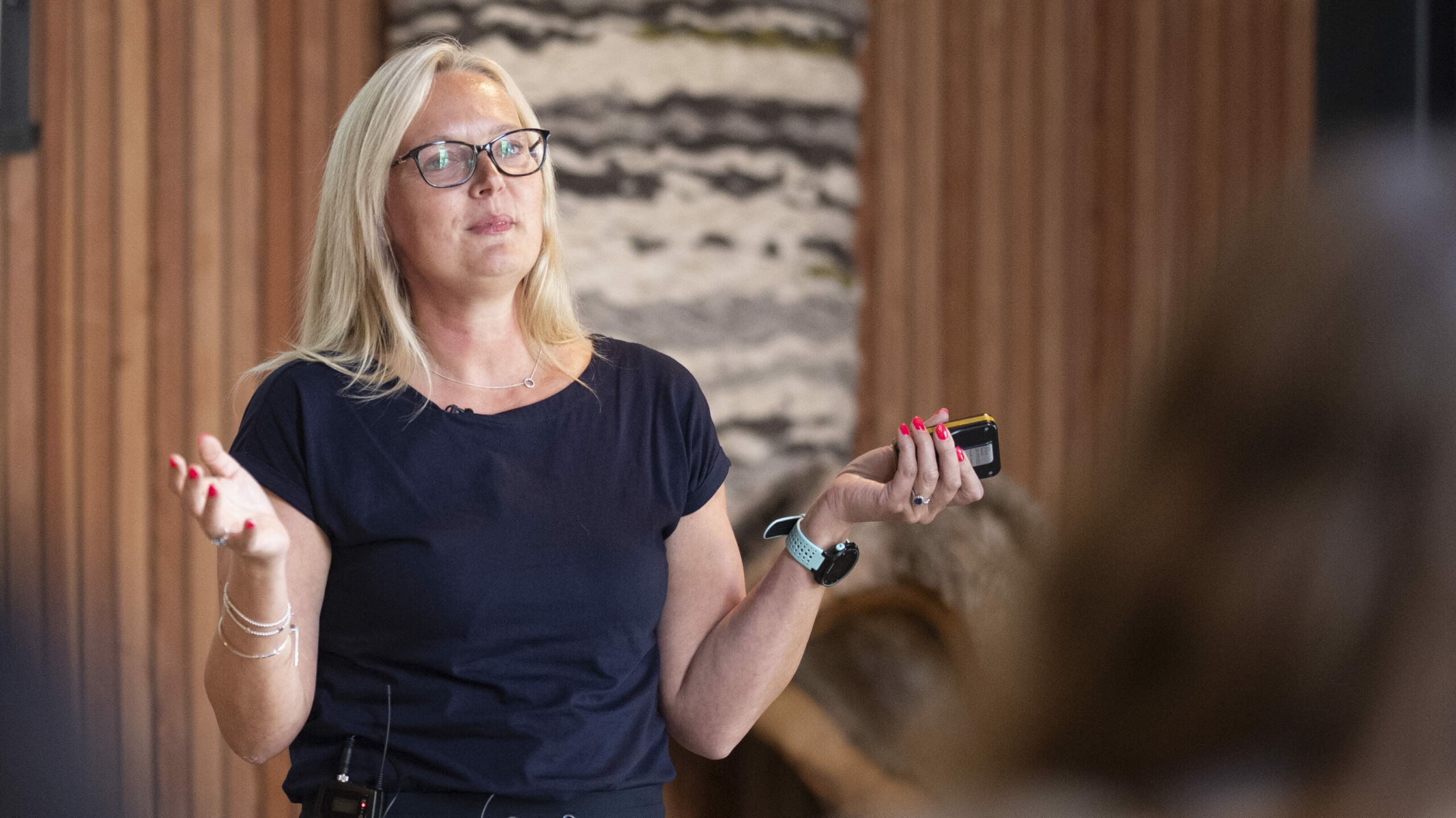


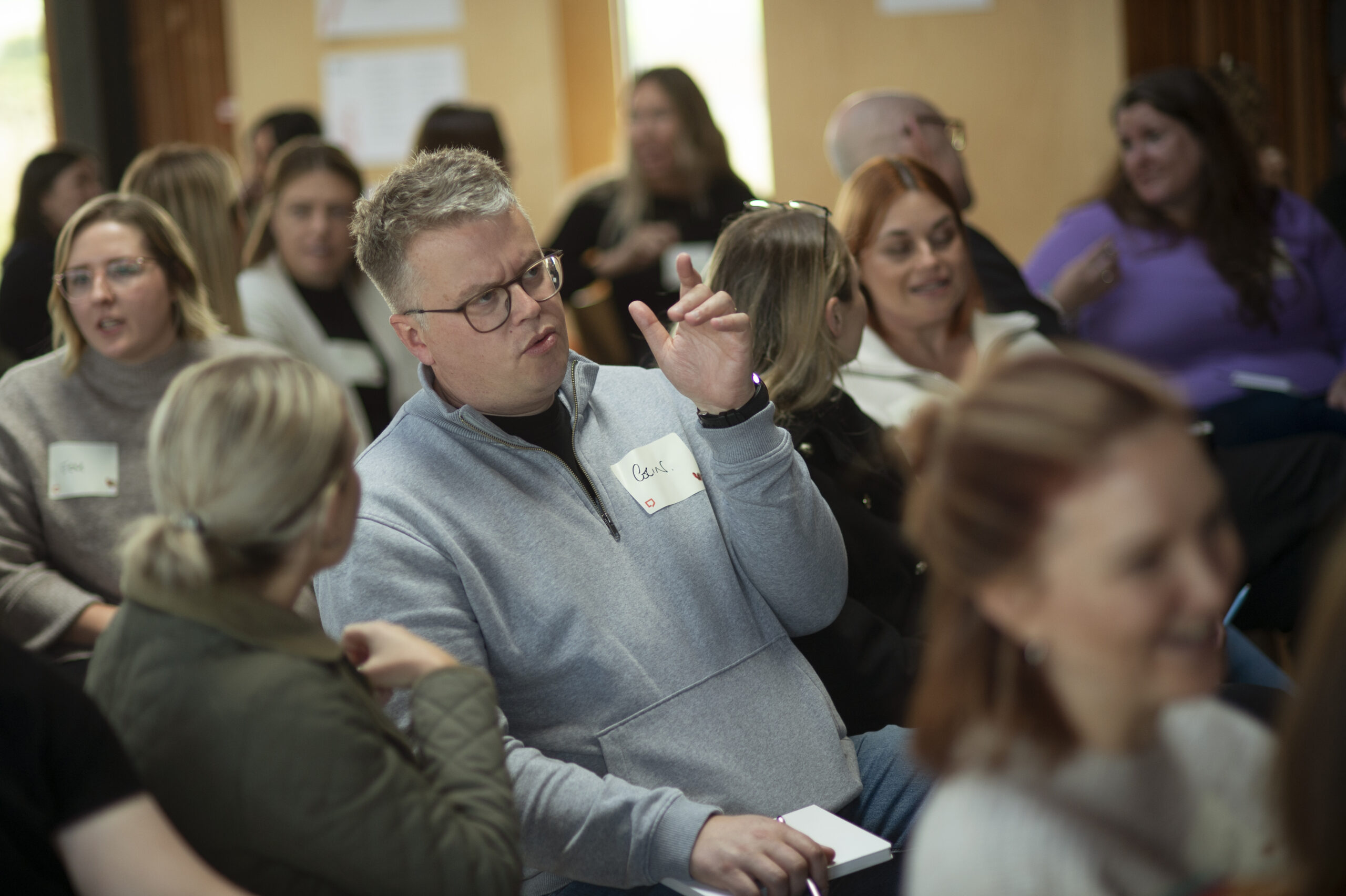
Crop Rotations
Following the opening session, the Assembly split into three groups (called Crop Rotations) to tackle three topics over three 45-minute sessions.
ROTATION A
Quiz the experts
Our technical sessions are a perennial favourite among paraplanners.
After all, it could be the one chance you get this year to fire any question you can possibly think of at experts who – we’re pretty certain – will be able to answer them. (As long as it’s a technical paraplanning question and not e.g. ‘Yes, but what’s the universe expanding into?’)
This year is no exception. Your stellar quartet of experts includes:
– Les Cameron of M&G Wealth
– Gareth Davies of Scottish Widows
– Natalie Howard of Canaccord Genuity
– Brian Radbone of Transact
So begin collecting your questions today and you’ll be all set to quiz the experts on the day.
ROTATION B
Productivity tips you live by. Apps and tools you can’t live without.
Because the Big Day Out attracts paraplanners from companies large and small, and from in-house and outsourced teams, we know that the ability to influence things such as report content and formats, and choice of software and tech tools varies widely among participants.
But one thing that won’t vary widely is the way we go about getting our own stuff done.
So that’s what this session is all about: what’s the secret to your day-to-day personal productivity? What are the tips or techniques that help you get things done? And what tools, apps or websites do you keep coming back to?
Whether you’re the world’s leading expert on the application of the Pomodoro method, Eisenhower matrix and tried all the task management apps – or are thinking ‘Pomodoro what?’, this will be a fantastic chance to discover how and why other paraplanners do what they do, the way they do.
ROTATION C
You, clients and the future of advice technology.
You already know how influential technology is in day-to-day paraplanning. But what does the future of work look like for paraplanners with the arrival of AI? In this crop rotation – designed especially for the Big Day Out – NextWealth founder and managing director, Heather Hopkins, will lead a conversation that’s all about how technology is changing advice, what innovations are coming down the line, and how they’re likely to influence the practice of paraplanning.
This is a fantastic opportunity for you and your paraplanning peers to share what you think and feel about the future – and technology’s role in it.
From due diligence to data, and research to report writing, this is a unique chance to explore how emerging technologies will influence paraplanning facilitated by one of the most influential figures in UK advicetech today

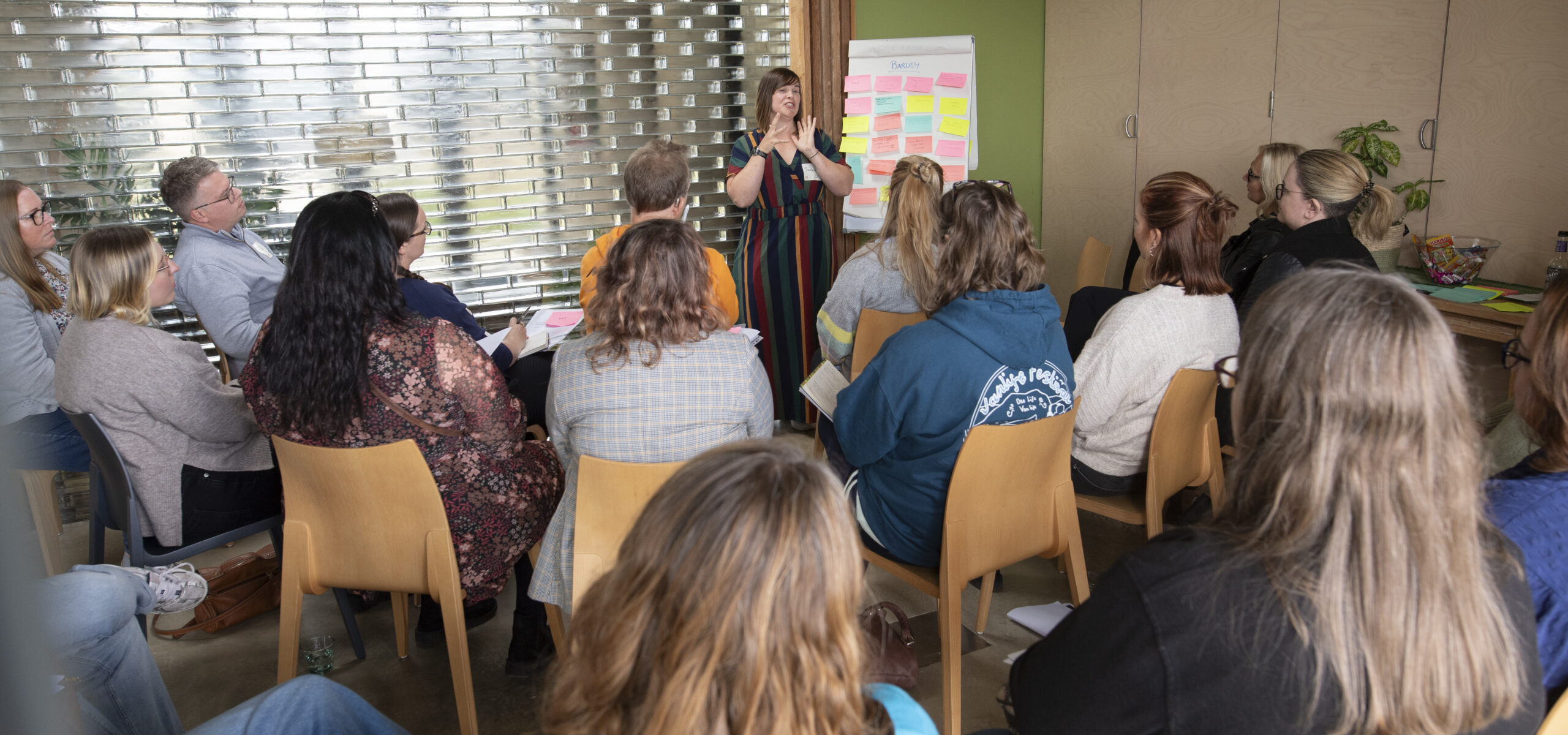
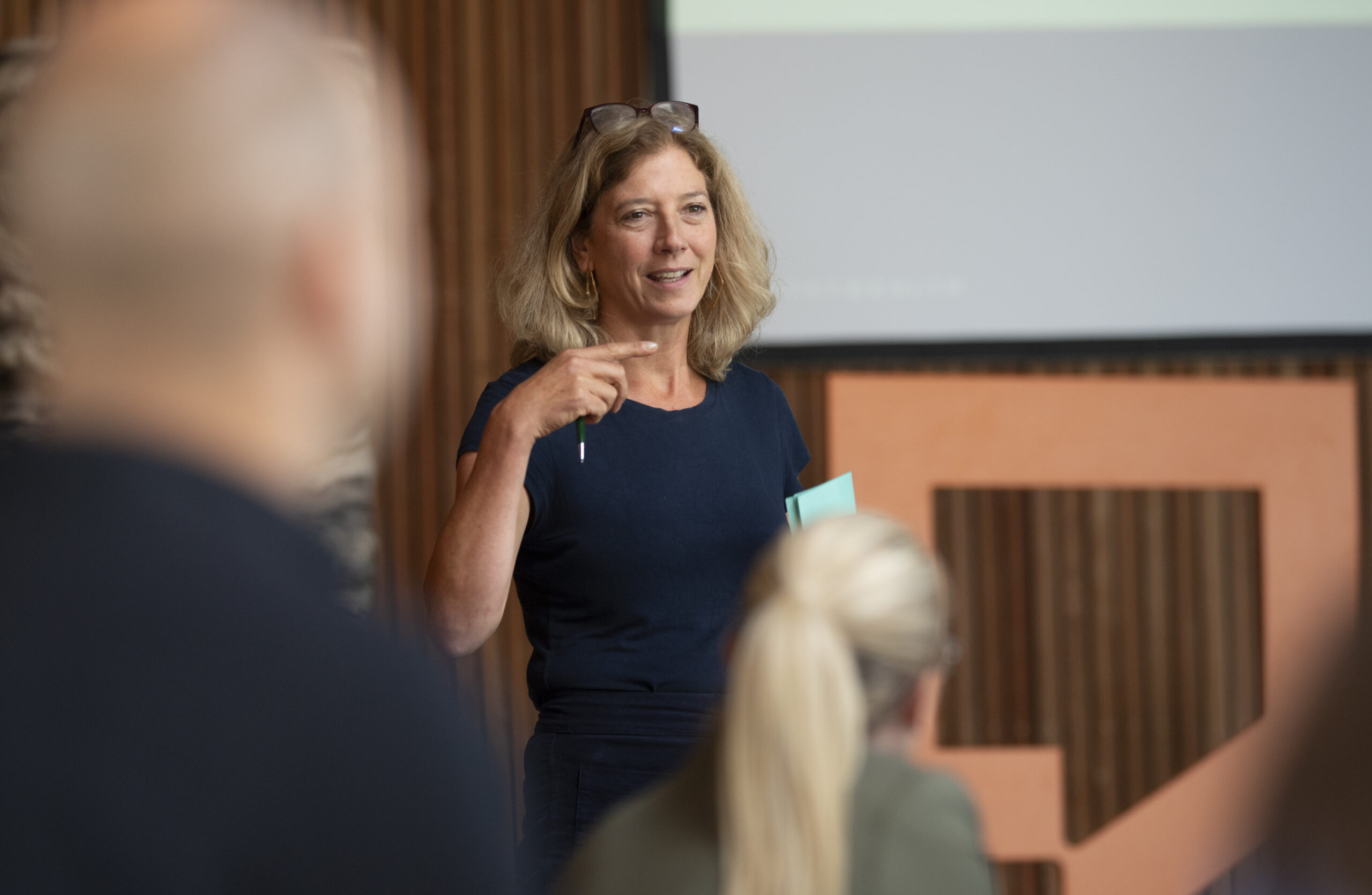
Lunch
Locally sourced and freshly prepared, we tucked into pulled pork or vegetarian chilli (or both!) along with loads of healthy salads and slaws that were grown on the farm.

Hone it. Own it: Part Two
Rachael Hurdman returned and, in this closing session, invited participants to take a couple of practical steps that will enable you to gather the loose ends of your personal action plan. It was another really interactive session where you could try out your new tools, and round off your development plan – and Big Day Out – perfectly.
And finally…
The Paraplanners’ Assembly
It was time for the session after which the Assembly is named. Just like at our first gathering in 2013, Sam and Chris will opened up the floor for you to share anything that’s on your mind.

If you’re a paraplanner who lives or works in striking distance of central London, then The Other London Assembly from 10am on Friday 20 October 2023 will be right up your street.
Hosted by Dan Atkinson and Andy Schleider, this is your chance to gather with paraplanners from your neck of the woods to learn what’s going on in each other’s worlds, share ideas, and discover practical tips and illuminating insights.
Book your spot and you’ll be able to shape the agenda for the two-hour get-together but – right now – we expect paraplanners taking part to exchange ideas on report writing and, now that the consumer duty is a feature of daily life, explore how we’re demonstrating ‘fair value’ in annual reviews.
Plus, the chance to tackle any other paraplanning topic that’s on your mind when we gather at the London Wall Place office of Barnett Waddingham.
From our very first meeting in 2013, the Paraplanners’ Assembly has created gatherings – in person and online and all over the UK – that spark collaboration and conversation.
Expect the same from The Other London Assembly.
After all, Assemblies only happen because paraplanners show up. You’ll feel you belong at The Other London Assembly because The Other London Assembly belongs to you.
So how about it? Book your spot now.
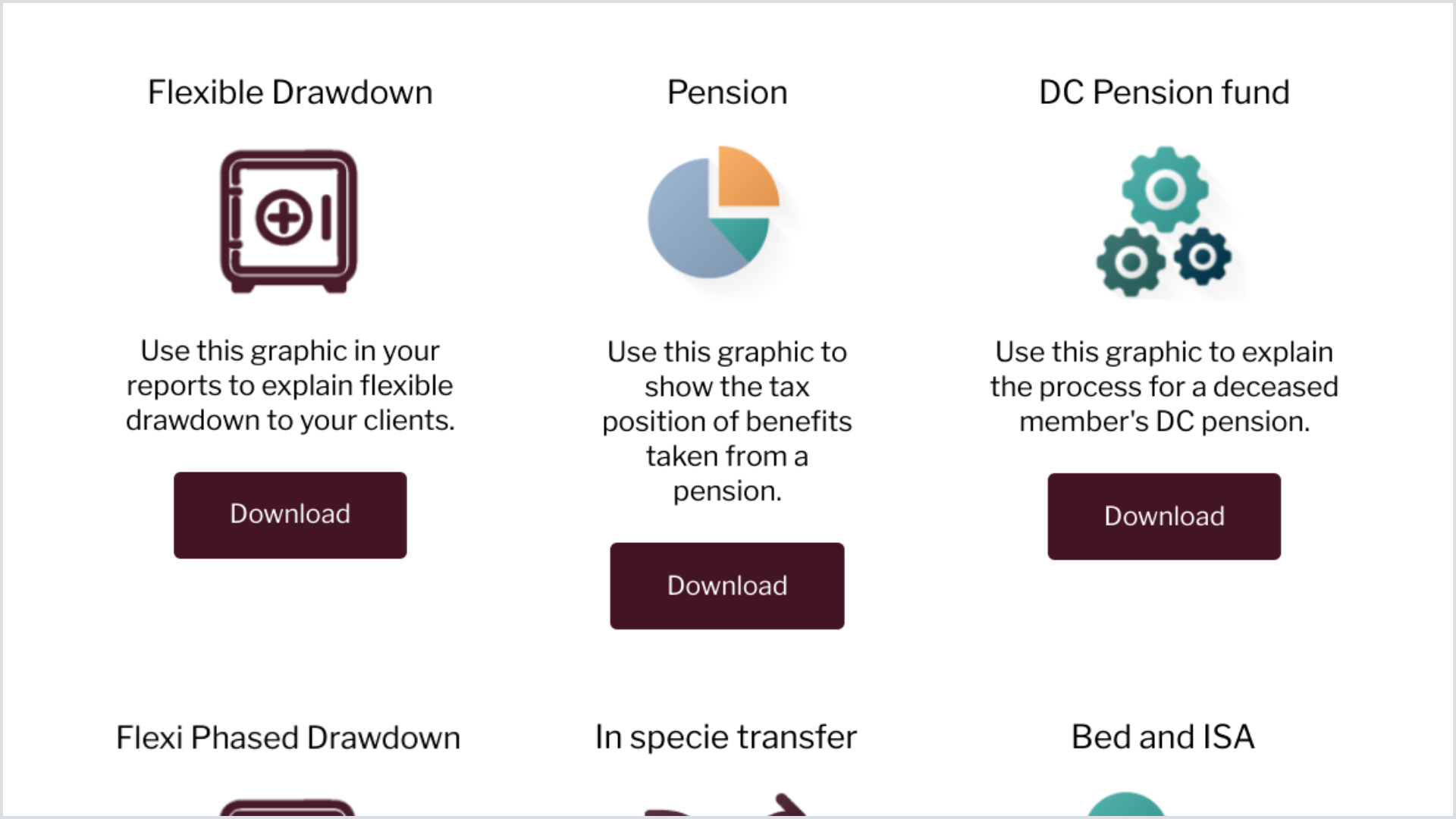
It’s been just over a year since we teamed up with Assembly supporter, Parmenion, and announced the release of the first visuals in our ‘snippet collection’ – a selection of simple free-to-download graphics for use in your reports and documents.
Our big ambition was for paraplanners to suggest ideas that could be turned into custom-made visuals that would help clients understand complex report content more easily. What’s more, you get a say in which idea gets transformed into a report graphic by voting for your favourite idea.
As a result of that, since April 2022, Parmenion have published a total of seven report graphics. These include illustrations for flexi phased drawdown, in specie transfer, bed and ISA, flexible drawdown, pension, DC pension fund and portfolio drift.
(You: That’s all very interesting but why are you telling me all this?)
Because now it’s time to tell us which of the shortlisted concepts picked by your paraplanning peers will become our next snippet.
But hurry because you’ve only got until 4 August 2023 until this round of voting closes!
The good news is that we’ve made voting very easy. In fact, you can complete the survey right here and right now…
Report graphics are available in PNG, JPG and SVG formats so are easy to download, resize and recolour.
In the meantime, why not help yourself to our snippets right now? Just head over to the Snippet Collection and you could soon discover a visual that could bring an idea to life for a client.
For the first time in three years paraplanners from all over the country were able to gather for real for the Paraplanners Assembly’s Big Day Out at FarmED near Chipping Norton in Oxfordshire on 15 September 2022.
Learning objectives
We opted for a blend of small group sessions – which we called Crop Rotations – and all-together sessions.
Crop rotations: Morning
For the pre-lunch sessions, we split the Assembly into three groups: Barley, Oats and Wheat.
Participants were assigned to a group and each group rotated around the three topic sessions. Conversations in each topic session were facilitated by hosts and experts. Each session lasted for 45 minutes. The topic session for rotations 1, 2 and 3 were:
What will consumer duty mean to you?
Experts: the lang cat’s Mike Barrett and Mel Holman from CATS.
The art of challenging conversations
Expert: Becca Timmins from Time to Think and Emery Little led a session on challenging conversations.
Pep up your paraplanning processes
Experts: LIFT Financial’s Jonny Stubbs and Chris Baigent-Reed from Jigsaw Tree.
After lunch, participants were assigned to a NEW group: Apples, Cherries, Pears or Plums.
That’s because we combined two groups for the session on report writing but – by the miracle of organisation – ensured each group gets a technical Q&A all to itself. So the topics for rotations 4 and 5 were:
Technical Q&A
Panellists: Les Cameron and Neil MacLeod from M&G Wealth, and Transact’s Brian Radbone and Barnett Waddingham’s James Jones-Tinsley.
Three things that get in the way of clear, compliant and client-friendly report writing
Experts: Melissa Kidd of Motem with Mel Holman from CATS.
Broken link or duff information?
If something’s not quite right on this page, please tell us what you spotted now at our bug list.
Whether it’s in reports or documentation, helping clients engage and understand the concepts and recommendations we’re making is part of a Paraplanner’s job.
Alongside the words you use in reports, graphics and illustrations can really help explain concepts and share key information with clients. But creating graphics that help you get across the information you want to share, while being pleasing to look at, isn’t easy. It can be a time consuming and frustrating process.
So, we thought we’d see if we could help out and we asked our supporters, Parmenion, whether they’d be happy to work with us on an idea.
The snippet collection
The Snippet Collection is a new resource that gives you free access to a basic range of simple graphics in various formats for documents and reports, with simple instructions on how to download, resize and reproduce in your brand colours.
It’s a limited collection to start with and, as you make further requests, we’ll develop it, adding further graphics based on demand.
With the Snippet Collection, we want to:
- Furnish you with free graphics for use in reports to clearly explain the concepts and information you want to share with clients
- Make it easy for you add graphics to Word documents with the guidance provided by Word expert, Melanie Francis. If you use other systems to create your reports or documentation and think we can provide similar guidance, we’d love to hear about them. You can let us know in the survey.
- Make sure the graphics we develop are the ones you need, so you have plenty of opportunity to let us know what would help you.
Richard shares a little more about the collection in this video.
Start using the snippet collection
Like anything, knowing when to put something out into the world is hard. There’s loads we’d like to add to the snippet collection and we could spend ages perfecting it but we’re going for progress over perfection and opening it up to you now. We hope that, as you start to use it, you’ll help us perfect it. That’s why it’s really important you share any ideas you have, or improvements you’d like us to look at. We’ve added a feedback survey to the collection for you to this.
So, what are you waiting for? Get stuck in. Use the graphics in your reports and share your thoughts with us.
Take a look at the collection now.
Digging deeper into report design
Perhaps you’d like to broaden your knowledge of designing client reports? A while back we had a conversation with designer, Mike Bond, about creating great looking reports. Watch it here.
While we’re talking about great reports, the words are just as important as the layout and images. We spoke to Simon Grover from Quietroom, about writing financial documents. Catch up here.
Thank you
We’ve been working on this for a while now and we want to thank Dan Atkinson and Rebecca Tuck for bringing their paraplanning experience and knowledge to this idea. We also want to thank the team at Parmenion for their time and design expertise.
Using real life examples, this session focussed on the basic design principles for reports.
Learning objectives
In this session we covered…
- How people read documentation – yep, there is some science to it
- Basic layout principles i.e. fonts, font size, columns, justification, colour, logo placement, front covers and back covers
- Working with data – tables, graphs and charts
- Rules to be aware of for legibility and accessibility
Autoenrolment has led to millions of people going into DC pension schemes. But a little birdie called the Financial Conduct Authority, found out in their 2017 Financial Lives Survey, that despite people getting a statement every year, only 52% read theirs and only 23% say they understood it ‘very well’.
To address this, Quietroom were tasked to write and design a new Standard Annual Statement – a statement that would provide people with information they needed presented in a way they could understand.
Why is all this relevant to Paraplanners?
Having spent 18 months collaborating with the DWP, Eversheds, and in consultation with lots of different parties and over that time, Quietroom learnt lots of lessons. Many that are relevant to Paraplanners and our ongoing task to turn the complex into something meaningful to clients in reports.
Learning objectives
In this session we covered…
- Communicating complex concepts in the simplest possible way.
- Making decision on what to leave in and take out of client communications and documentation.
- How to negotiate with other stakeholders (compliance, legal).
By Susan Pringle and James Macaulay
We held our third Powwow NOTB at our host’s offices in Edinburgh (Aegon) where we enjoyed cream scones (jam first if anyone is interested). The survey sent out covered a wide range of topics but top of the list were file reviews, how do you build a relationship, income drawdown and sustainability, and risk profiling.
We covered file reviews first and had a round table discussion looking at what we need on a compliant file and built a list:
- Objectives
- Capacity for loss, knowledge, approach and risk required
- Research
- Reports
- Factfind (hard facts) and filenotes (soft facts)
- Cashflow
It was almost universally agreed that obtaining the client objectives was often the most difficult to obtain from advisers and that discussion with the adviser was so important to get those nuggets of information that makes a paraplanner’s life much simpler.
We liked the suggestion that a file should have a peer review and not just a compliance consultant’s audit, and that this could bring a more consistent approach across a firm. Risk profiling and the various methods firms used to measure this was discussed, and even with the numerous suggestions, it was also agreed that so long as a consistent approach was taken, and that the process was used, the profile discussion that the adviser has with the client can be transposed to a filenote and so into the recommendation.
We also discussed reports and what needs to be included. Several attendees had been along to the Report Writing Howwow in Manchester (100% satisfaction feedback on that) and the content of the report followed the same points we believed made up a compliant file. Using the client’s own words to describe their objectives was given a big thumbs up and ensuring that these were included in the report were a must have along with the risks and costs.
The next topic was Annual Reviews, and MiFID II, and how everyone was coping with this and how it has impacted on what’s required. We did have a good old moan about how it is so difficult to implement the regulations and that no one had a proven method of obtaining the information and keeping the process simple. Everyone agreed that they were adopting a “best endeavour” approach and aiming to get as close to the regulator requirements, but we need platform technology. At this point our hosts wholeheartedly agreed that it was difficult and that they had a lot of sympathy for firms. Continuing suitability was much less of an issue.
We then split into two tribes so that we had smaller groups to get into the nitty gritty of income drawdown and how to build relationships.
James facilitated the income drawdown discussion, and whether there was a need for firm level guidance on what was an appropriate level of income. Most agreed that this was predominantly adviser led. It was interesting to note that natural income was considered old fashioned, and that advisers are now recommending a specific level of withdrawal.
The groups were split over whether a cash reserve was required or whether the whole fund was invested. Use of cashflow was felt key to checking sustainability by several attendees, but everyone agreed that this was a difficult area to get right regardless of the method and technology used. A society of actuary’s report was quoted as having reached the conclusion that 3.5% was sustainable over the longer term, and that Abraham Okusanya’s research was a good source of information for those who wanted to look into it further.
The tribes swapped round and Susan led the discussion about relationships and how to constructively disagree with the adviser and the advice. It was agreed that the relationship with the adviser is so important to be able to challenge and ask more probing questions. Many worked 121 with an adviser, and this helps both parties to get to know the rhythm of the adviser. Where paraplanners worked with a number of advisers, it was important to make sure that you picked up the phone and speak regularly. Ask the questions that might sound silly to ask, but how that often got the adviser to explain their reasoning in layman’s terms and how important that was to the client presentation in a written report.
The attendees would love to spend time in client meetings but it’s not always possible, but that we should encourage the advisers to use our skills in complex cases to allow them to speak to the client. A good point was made about dealing with more junior colleagues, and that explaining what’s required helps our own understanding of what the process is and builds a relationship both ways.
We also thought that providers should be more proactive in addressing paraplanner needs and not just be all about sales. Our hosts Aegon wholeheartedly agreed with this.
The Powwow was brought to a close and wrapped up by encouraging everyone to have a look at the Big Tent as it is where paraplanners help each other, and to have a look at the previous Howwows online. James also put forward the offer by Redmill Consulting to provide AF7 support, and that anyone interested should get in touch with James/Susan.
We’re hoping our next Powwow will cross the M8 to Glasgow and we’re looking forward to meeting new paraplanning groups.
Word experts, Quietroom help us run an hour-long report writing surgery.
Learning Objectives
In this session we covered…
- Writing and communication techniques
- Language usage that resonates with clients
- How to proofread like a boss
Report writing always features in Powwow participants’ suggestions as a topic to tackle. We have always covered it, but had never done a day 100% dedicated to it. Until now.
Enter the report writing Howwow bonanza. This was new territory. We had no idea if it would work or not. Especially as, like all Powwows, we’d want the content and style to be spot-on but different to the norm.
A spreadsheet and conversation later, we had the minimum number of tickets we needed to sell to make this possible. We launched with 75 tickets. Those sold out in a week and the waiting list kicked off. We managed to push capacity up to 91, but that still left 40 on the wait list plus requests to take the Howwow up North. When the day arrived all 91 Howwowers turned up. We’d never seen a 100% turn out at any Powwow or other financial services event before. It’s safe to say that looking at report writing in-depth is popular.
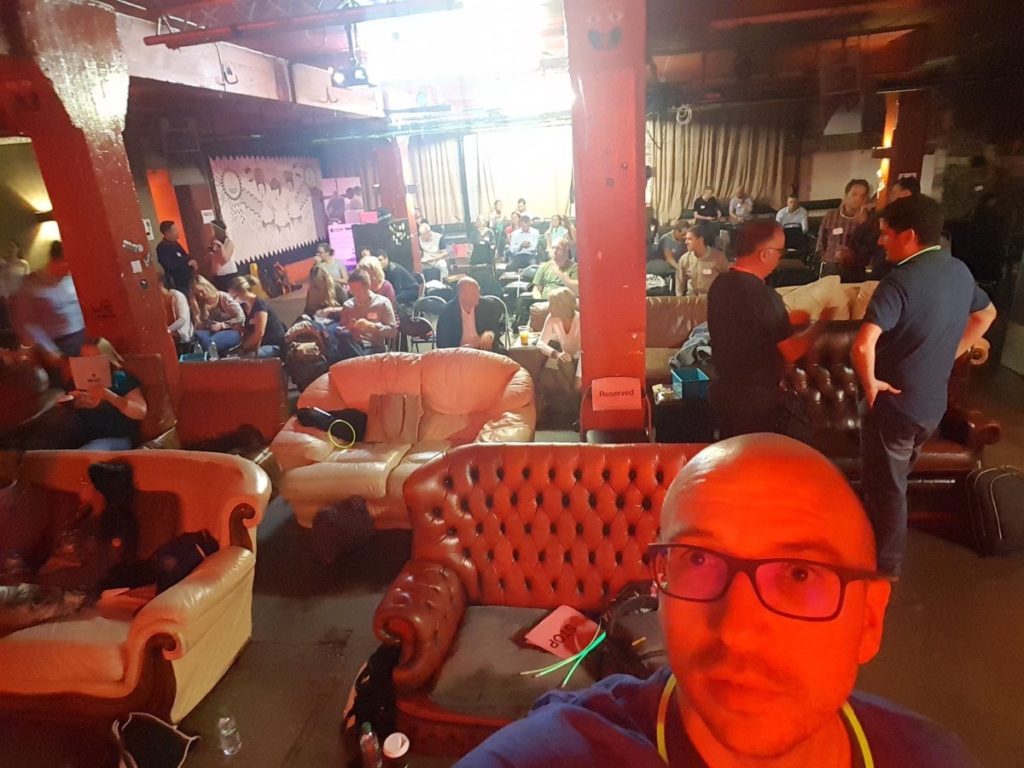
On the day of the Howwow we used real-life report examples to work through three aspects – The Words, The Tech and The Rules, with our great gurus sharing their insights. There was so much good stuff that came out from the morning ‘show & tell’ sessions and the more intimate campfires in the afternoon. That’s why we are sharing right here all the useful resources from the day.
Get the full slide deck from The Words and The Rules gurus – for those there it includes the awesome Joe Craig’s big finish this time – all available to download here in either PDF or Powerpoint. Plus, an added bonus from The Tech corner, David from Brochet has built a template with lots of automation for you to play with and adapt to what you do. You can download it for free here.
A massive thanks to Aegon and James Hay who played a big part in making this happen. It’s great when supporters are prepared to back an idea that’s unconventional and then participate in the true spirit on the day.
Don’t forget, if you’d like to carry on the conversation you can on the Big Tent. If you didn’t attend this event for whatever reason and want something similar near you, send us an email [email protected] and we’ll see what we can do.
Hold your horses before you shoot off. Does another event tickle your fancy? Well you’re in luck…
Next up is the BIG one aka the Paraplanners National Powwow. Join us on 14 September in rolling countryside, under open skies, in teepees. Yes, real teepees! Tickets are available RIGHT NOW. Head to the event page to find out more.
*Report writing Howwow photo was taken by Benjamin Fabi. Indeed we were in nightclub in trendy Brick Lane!
